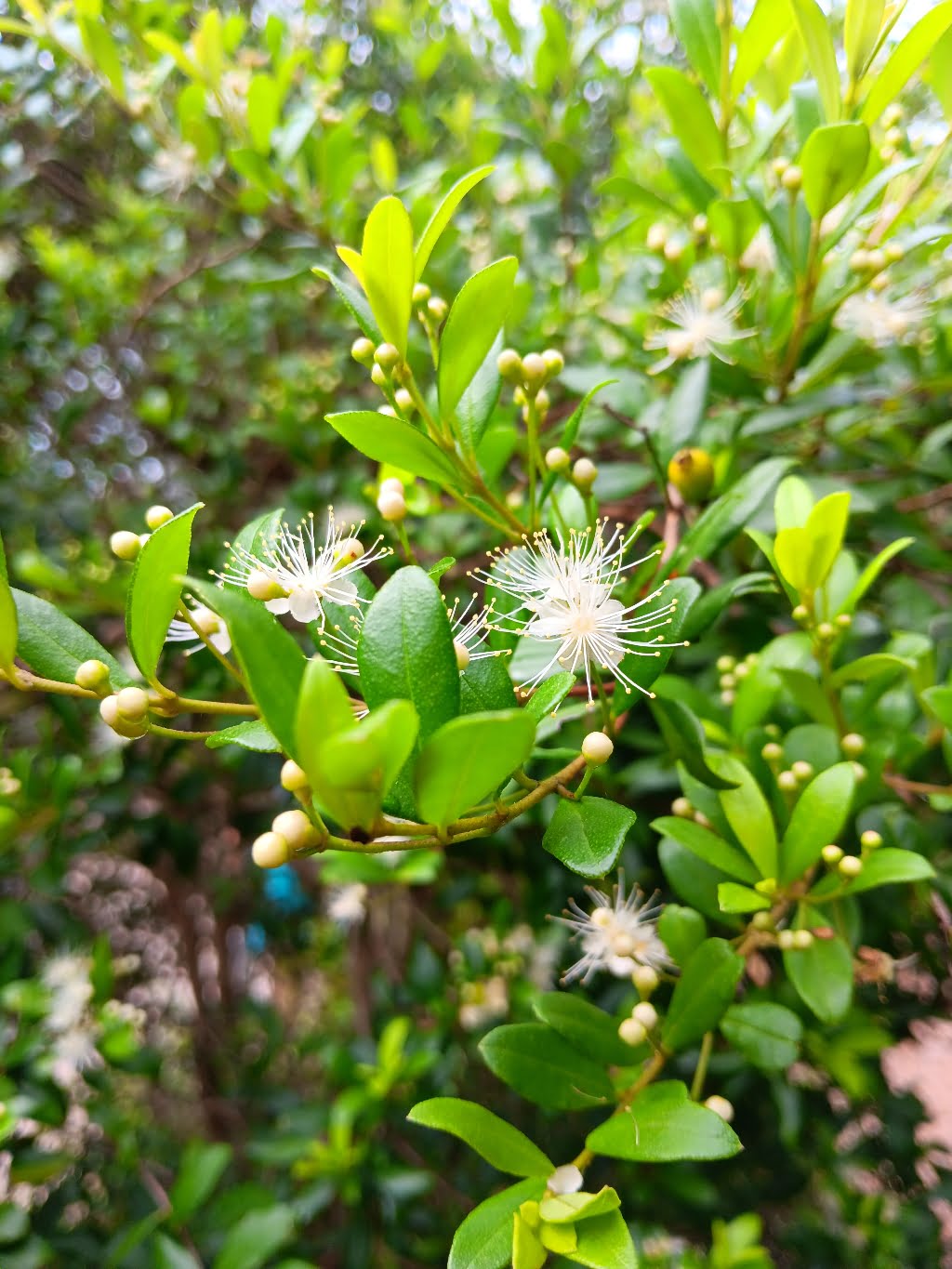The delicate and enchanting beauty of butterflies has captivated the hearts of nature enthusiasts for generations. These fascinating creatures not only add a splash of color to our surroundings but also play a crucial role in pollination and ecosystem balance. Unfortunately, butterfly populations have been declining due to habitat loss and environmental changes. As conservation efforts gain momentum, individuals and communities are exploring ways to support these graceful insects. One promising approach is using the Simpson’s Stopper (Myrcianthes fragrans) as a shelter plant for butterflies.
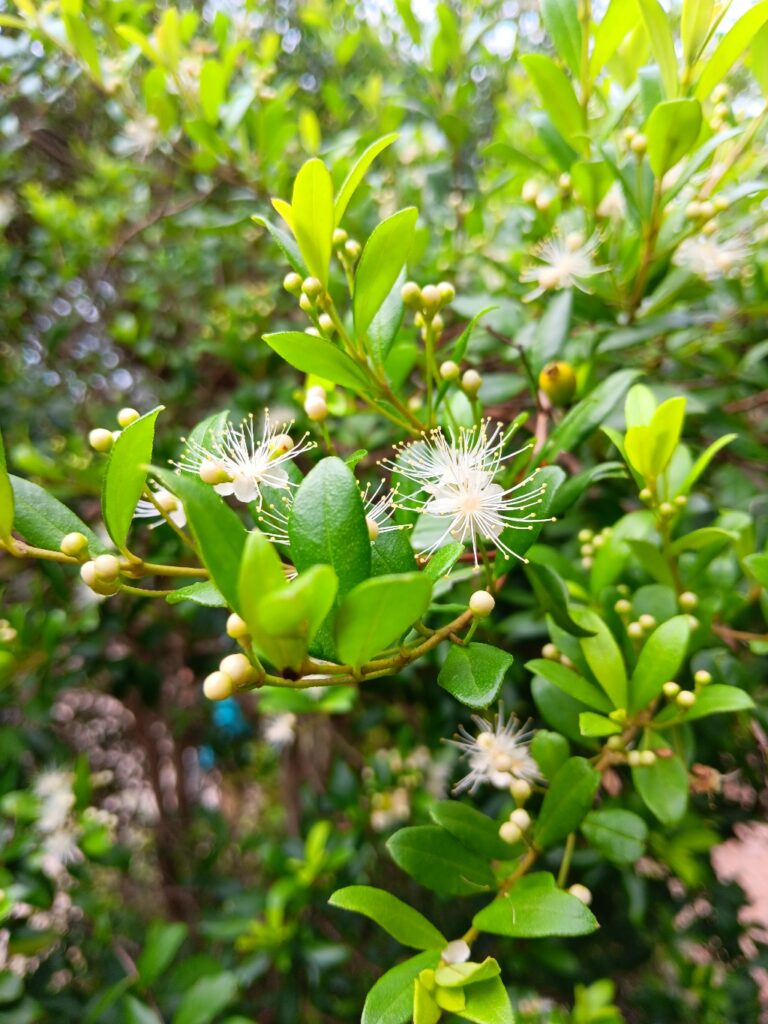
Introducing the Simpson Stopper
The Simpson Stopper, scientifically known as Myrcianthes fragrans, is a native evergreen shrub or small tree found in the subtropical regions of the Americas, including Florida, the Caribbean, and parts of Central and South America. This plant is renowned for its beautiful and fragrant white flowers, which release a sweet aroma that attracts butterflies, bees, and other pollinators. The glossy green leaves, colorful berries, and dense foliage make it an attractive addition to any garden or natural landscape.
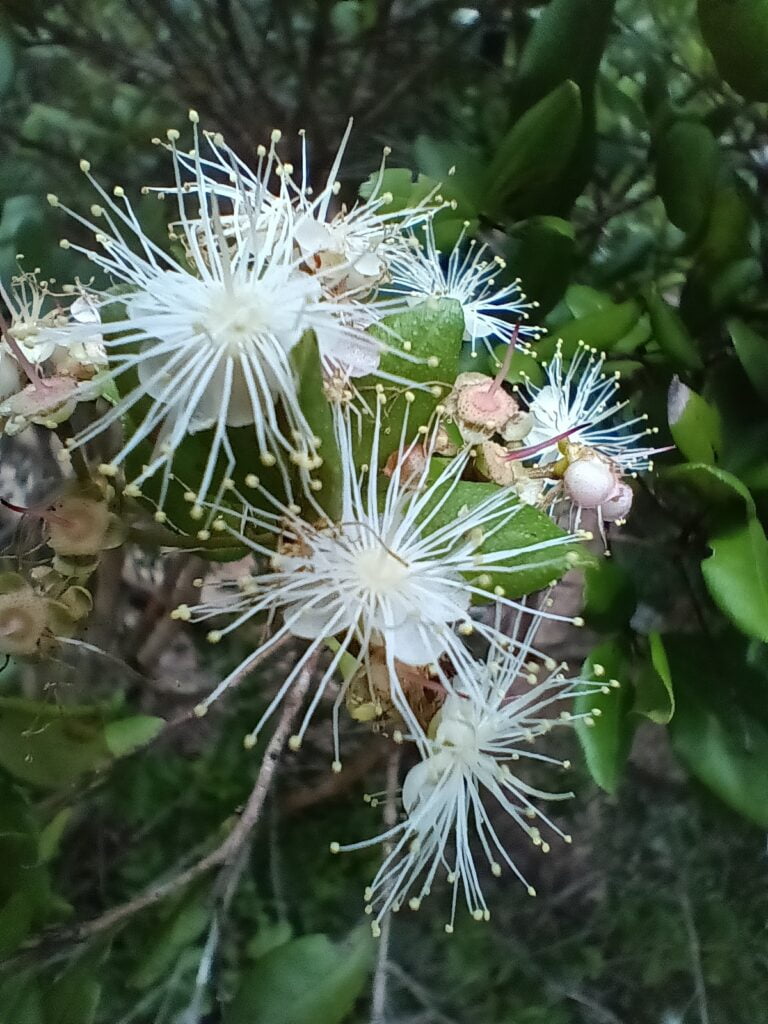
Why is Simpson Stopper an Ideal Shelter Plant for Butterflies?
1. Nectar Source: Simpson Stopper produces abundant nectar-rich flowers, serving as a vital food source for adult butterflies. Providing a consistent nectar supply is essential for sustaining butterfly populations and promoting their overall well-being.
2. Protection and Shelter: The dense and bushy nature of Simpson Stopper offers protection and shelter for butterflies against predators and harsh weather conditions. Butterflies are more likely to frequent areas with suitable hiding spots and protective cover.
3. Biodiversity: By introducing Simpson Stopper into your landscape, you promote biodiversity and create a balanced ecosystem. Attracting butterflies also draws in other pollinators and beneficial insects, contributing to the overall health of the local flora and fauna.
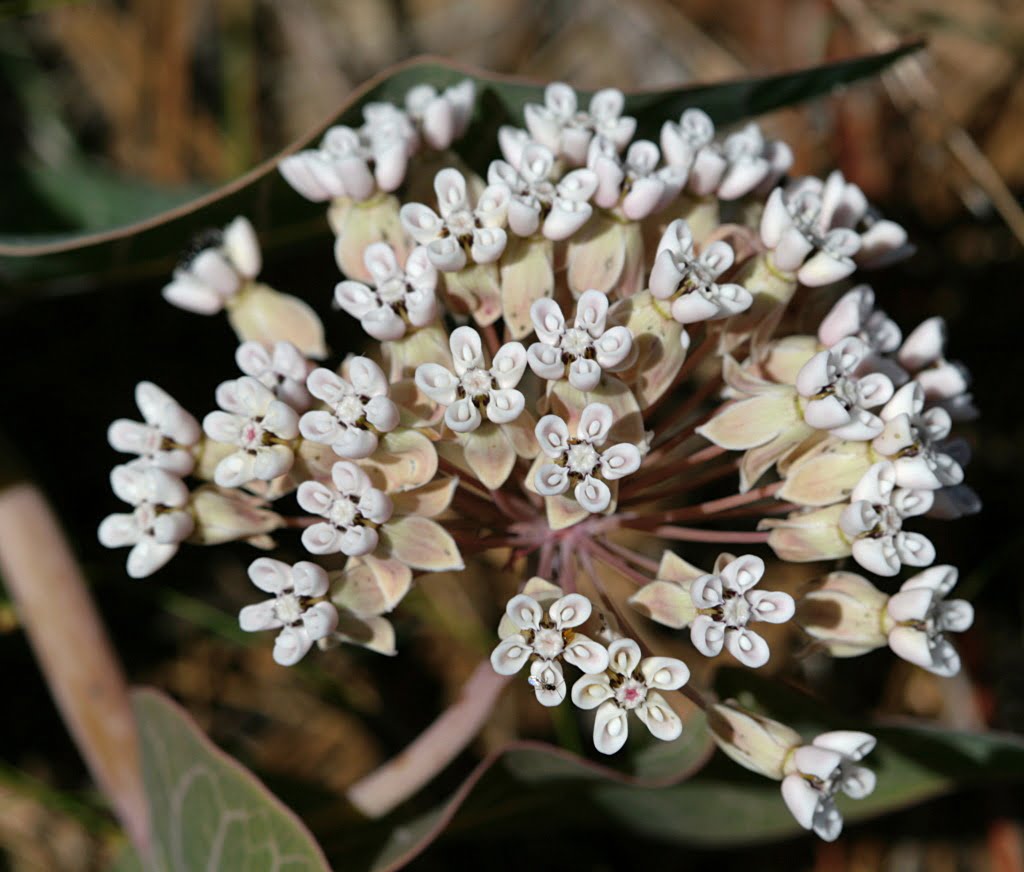
10 Sandhill Milkweed Seeds Ascslepias Humistrata Pinewood Milkweed Florida-Native
With Johnny Butterflyseed’s Sandhill Milkweed seeds, you’re not just planting flowers; you’re cultivating a living mosaic of nature’s marvels. 10+ Florida Native seeds.
Planting and Caring for Simpson’s Stopper
1. Location: Choose a sunny to partially shaded location in your garden to plant the Simpson Stopper. The plant can tolerate a variety of soil types but thrives in well-draining, moist soil.
2. Planting: Plant Simpson Stopper in the early spring or fall. Dig a hole slightly larger than the root ball, place the plant in the hole, and fill it with soil. Water thoroughly to help the plant establish its root system.
3. Watering: While Simpson Stopper is moderately drought-tolerant once established, regular watering is crucial during its initial growth phase. Keep the soil evenly moist but not waterlogged.
4. Pruning: Prune the plant regularly to maintain its shape and size. Pruning also encourages new growth and flowering.
5. Fertilization: Use a balanced fertilizer during the growing season to support the plant’s health and flowering.
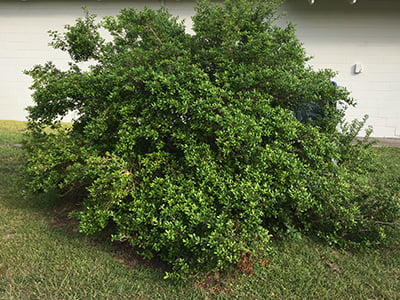
Attracting Butterflies
To attract butterflies effectively, consider creating a butterfly-friendly environment by:
1. Adding a Variety of Plants: Plant a diverse range of nectar-rich flowers alongside Simpson Stopper to provide a continuous food source for adult butterflies.
2. Avoiding Pesticides: Refrain from using harmful pesticides in your garden, as they can harm butterflies and other beneficial insects.
3. Water Source: Provide a shallow water source, such as a birdbath or saucer filled with stones and water, for butterflies to drink from.
4. Sunlight and Wind Protection: Consider planting your butterfly garden in a location with some wind protection to prevent delicate butterflies from getting tossed around.
Conclusion:
Incorporating Simpson Stopper (Myrcianthes fragrans) into your garden or landscape can transform it into a welcoming haven for butterflies. As a nectar source, host plant, and shelter provider, the Simpson Stopper plays a crucial role in supporting butterfly populations and promoting biodiversity. By creating butterfly-friendly environments, we contribute to the conservation of these captivating creatures, ensuring their beauty and grace continue to brighten our world for generations to come. So, let’s embrace the Simpson Stopper and embark on a journey to nurture and protect these delicate winged wonders… one day at a time!

The Adventures of Johnny Butterflyseed – Author Signed First Edition Children’s Book
Save the monarchs!
Johnny Butterflyseed and his fairy friend, Raven Silverwing, embark on a mission to save the rapidly disappearing butterflies. They enlist the help of Queen Venus Goldwing and her kingdom of monarchs to educate and inspire kids to become butterfly farmers. At first, Johnny faces his own internal struggle with self-doubt and fear in his ability to make a difference, but then soon develops a mindset that allows him to not only get started, but also make progress one day at a time. Through challenge after challenge, Johnny learns that he is not alone in his mission and that there are many people who want to help. Together, Johnny, Raven, and Queen Venus educate thousands of children on becoming butterfly farmers.
